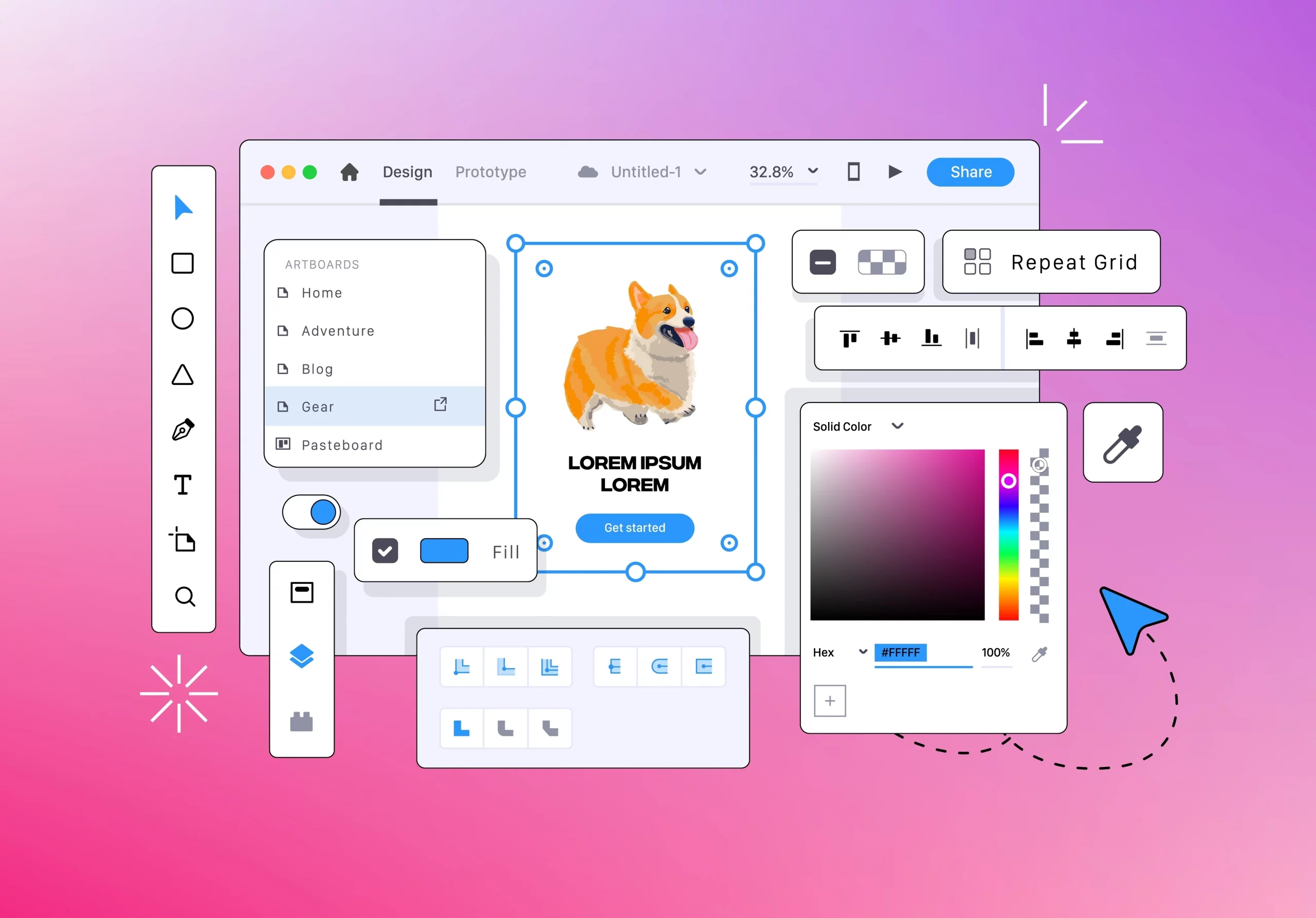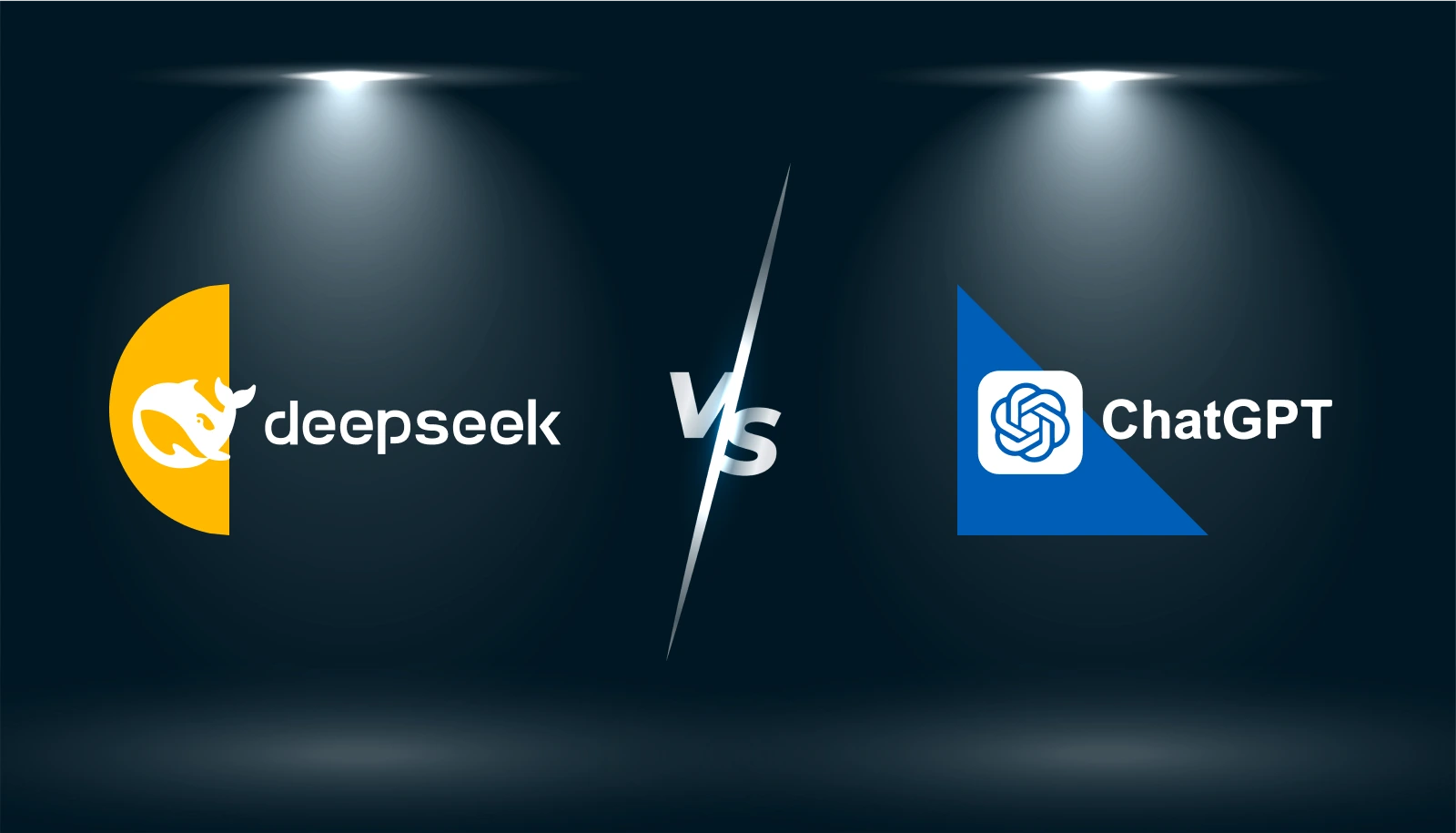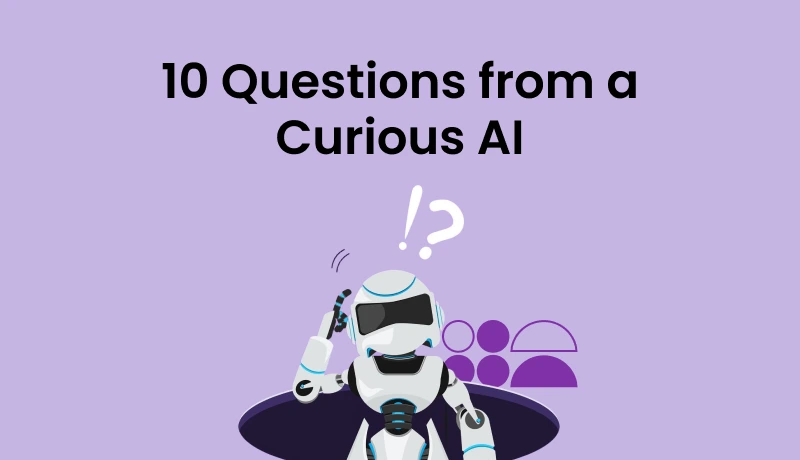Have you ever wondered where your product or service fits in the AI journey? Are you “ready” for AI, or are you already “powered” by it? Maybe you’re still figuring out how to get “enabled,” or considering if you need to shift to being AI-first or AI-centric. These distinctions may seem like jargon, but they matter. They define how AI is integrated into your processes, how it shapes your strategy, and what value it brings to the table.
Let’s explore what each of these terms means, along with real-world examples that illustrate their significance.
- AI-Ready: Prepared for AI but not yet using it in action.
Think of AI-ready companies as laying the groundwork—building infrastructure, collecting data, and training teams—but not yet deploying AI at scale. For example, a traditional bank might be AI-ready by investing in cloud-based systems to store customer data for future AI-driven analytics, but without fully using AI to analyze it yet.
- AI-Powered: AI is the engine driving core functionality.
A product that is AI-powered relies on AI to perform its primary functions. Take Spotify’s recommendation engine: AI is deeply embedded, tailoring music suggestions based on your listening habits. The system wouldn’t work the same way without AI at its core.
- AI-Enabled: AI enhances existing processes, but it’s not the main driver.
Consider Grammarly, which uses AI to assist with grammar checking. While the AI enhances user productivity by offering suggestions and improvements, the final decision still rests with the writer, making it an AI-enabled tool rather than an AI-powered one.
- AI-First: AI is prioritized in all strategies and decisions.
Google is a prime example of an AI-first company. From its search algorithms to its cloud solutions, AI informs everything they do. AI isn’t just a tool in their toolbox; it’s at the heart of their business strategy and innovation efforts.
- AI-Centric: AI forms the core framework of the business model.
OpenAI, the company behind ChatGPT, represents an AI-centric model. Every product and service they offer revolves around AI research, making it not just a feature, but the core of their value proposition.
Precision in AI Terminology
Now that we’ve unpacked the definitions, it’s important to understand why using the right term is critical, not just for clarity but also for ensuring alignment across various stakeholders—from technical teams to investors. Here’s why precision matters:
- Semantic Precision Drives Functional Understanding
When we describe a product as “AI-powered” versus “AI-enabled,” we’re not just splitting hairs. These distinctions reveal the depth of AI integration. AI-powered implies AI is central to the product’s functionality, while AI-enabled suggests AI enhances existing processes. Understanding this difference is crucial for internal teams, investors, and partners.
- Perception Management and Stakeholder Communication
Precision in language shapes expectations. Misusing terms like AI-first for a product that only lightly touches AI could erode stakeholder trust. For example, in industries like healthcare, where AI is expected to have life-changing impacts, vague or misleading terminology can create friction and confusion.
- Differentiation in a Crowded Market
In a market saturated with AI claims, using the correct terms is vital for standing out. Companies that position themselves as AI-driven must back this with clear examples of how AI drives real-time decision-making. Misuse can lead to lost opportunities as competitors with clearer, more accurate messaging capitalize on the ambiguity.
- Regulatory Compliance and Ethical Transparency
In regulated industries, accurate language is not just important—it’s mandatory. Misrepresenting the extent of AI’s role can lead to regulatory challenges, especially in sectors like finance or autonomous driving. Using terms such as AI-enabled versus AI-powered can affect how compliance teams assess your product’s risk profile.
- Impact on Market Adoption and Investment
For investors, clarity around AI’s role is key in determining scalability and future growth. VCs need to understand whether a product is AI-augmented, using AI as a feature, or AI-centric, with AI as the foundation of the entire offering. Correct usage helps to set realistic expectations for product development and market potential.
The right terminology goes beyond buzzwords; it’s a fundamental part of how your product is perceived, valued, and positioned in the market. By using the right terms, you communicate not just AI’s presence but its role, function, and potential in driving innovation and operational excellence.
So, next time you ask yourself whether your product is AI-ready or AI-powered, remember: these aren’t just labels—they’re the language that defines your place in the AI journey. How you choose to describe your product sets the tone for how the world sees it—and that makes all the difference.








